Did you know that labels claimed on packaged foods such as “Whole Grain,” “Multigrain” or “7 (or take your pick of number)-Grain” have been given no legal definition by the FDA? Very much in the same way that companies can claim their products to be “All Natural,” these labels mean virtually nothing. There is no consequence for slapping them onto a product even when the claims are completely baseless and untruthful.
But what does the term, “whole grain” even mean? Well, most people know it’s supposed to be the alternative to processed white flour, the justly-maligned refined wheat product ever-present in the processed food world.
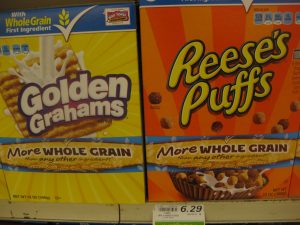
More "whole grain!" But don't worry, there's still room for tons of chemical-laden white flour and genetically-modified sugar. Eat up, kids!
So maybe we’ll start there. What’s white flour? It’s what’s left of wheat after you take out all the parts that have actual nutrition inside — the germ and the bran. All that’s left is the endosperm — pure starch.
Okay, fine. That does have some nutritional value. It’s pure carbohydrate, which is a macronutrient, and we do need those. But not in a form like this.
Not only is white flour pure starch, it’s been processed with all kinds of chemicals, has tons of synthetic and highly indigestible (and some toxic) vitamins dumped into it, and it’s gone completely rancid by the time it even leaves the factory doors. Yes, the oils in grains are very fragile and even flour which has been ground fresh from whole wheat berries goes bad within days, unless it’s frozen.
I guess that’s an important point to make here, before we get into the deceptive claims of the “healthy whole grain” industry — any processed, packaged grain product (organic or not) that you can buy is made from grains which have almost certainly gone rancid, and is therefore not healthy no matter what the product does or does not claim.
And that’s not even getting into the issue of these products being improperly-prepared — traditional preparation of grains (before we started seeing all the modern digestive diseases associated with them) always required soaking, sprouting, or fermentation to deactivate harmful anti-nutrients and make the grains digestible, and their nutrients more readily available.
But just for the heck of it, let’s go right ahead and rip apart these ridiculously untruthful labels, so we know just what we’re dealing with when given the choice between packaged grain products, and homemade, which we’ll get into a little later.
“Whole Grain”
The actual definition of a whole grain would be one that was simply used as is, or ground up with all its parts remaining in there. The parts in question being the bran, germ, and endosperm.
However.
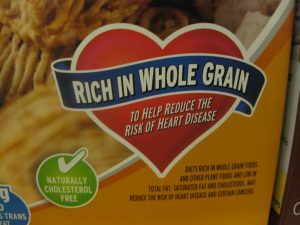 This doesn’t mean that when you see the words, “whole grain,” that that’s what you’re actually getting. For one thing, how much or how little whole grain is of no significance when that label is featured. The product could have only a mere trace of whole grains in it.
This doesn’t mean that when you see the words, “whole grain,” that that’s what you’re actually getting. For one thing, how much or how little whole grain is of no significance when that label is featured. The product could have only a mere trace of whole grains in it.
Regardless, the whole grains themselves are almost always highly processed with high heat, extreme pressure, and other destructive measures into a product that really isn’t “whole” in the least.
The worst would be whole grains which have been extruded (though you won’t see this term on the label) — a process that crushes the grains into mush and shoots them through a pressurized system which turns them into little puffs, flakes, or other shapes. The grains become so denatured and oxidized that not only are the majority (if not all) of the nutrients lost, but the end product is highly toxic.
Studies have shown that extruded grains have even more adverse effects on the blood sugar than refined sugar and white flour, and caused “rapid death” in lab rats. Something to think about next time you see a box of cereal proclaiming its “healthy whole grain” content!
But more importantly, by leaving the grains unsoaked, unsprouted, and unfermented in these products, the untreated phytic acid in the grain’s bran layer combines with calcium, magnesium, copper, iron, and zinc in the intestinal tract and blocks their absorption, leading to mineral deficiencies, bone loss, and other health problems.
So, even the least-processed, healthiest whole grain products available are still not a great choice because they haven’t undergone the proper preparations to make the grains digestible and neutralize the harmful effects of the anti-nutrient phytic acid. The exception to this would be buying sprouted grain products. There are a few good brands that produce sprouted bread, crackers, and other whole grain goodies that are your best bet for store-bought versions of these foods. Although, making your own is much cheaper!
“Wheat Flour”
You know that nasty, rancid, chemical-filled toxic white flour we mentioned earlier? Well it is flour, and it’s made from wheat, so it can be called… you guessed it — “wheat flour!”
The term in no way indicates that the flour is any more of a “whole” food than any other. It’s just a sneaky way to cater to the natural foods market and make consumers think the product they’re buying is something it’s not.
Oh, and if you see “Unbleached Wheat Flour” in the ingredients list, don’t be fooled into thinking that’s really any healthier, either. Yeah, I’ve got news for you, packaging labels. There’s a whole lot more to processing white flour than just bleaching it. Good job cutting out only one of many toxic processes to render a completely fake food.
“Enriched Wheat Flour”
What a darling of a qualitative adjective that is — enriched. You can enrich your life with meaningful relationships and spiritual discipline. You can enrich your health with fresh, whole foods prepared in your own kitchen.
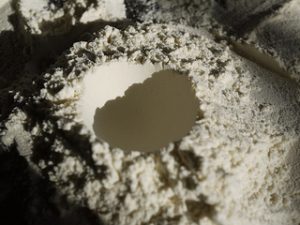
But you can’t enrich wheat flour by dumping a bunch of toxic synthetic vitamins into it.
Nor do you enrich a food by soaking it in chemical fungicides and pesticides, or gassing it to death with chlorine.
Yet this is the very “enrichment” the food industry claims is so beneficial to processed white flour. Strip it of any and all nutritive value, then just toss back in a few fake vitamins! It is now “enriched” with nutrition.
“Whole Wheat Flour”
Okay. So this would be, by definition, flour which is made from whole wheat, which has all three parts of the grain in there — the bran, germ, and endosperm.
But. This doesn’t really mean that we’re dealing with pure, freshly-ground wheat berries which have undergone no other processing than tenderly being pressed through a stone mill here.
Usually, the whole wheat flour available to buy in stores is little more than the same old processed white flour — with some germ and bran sprinkled back in to give it a more earthy, healthy-looking appearance. And to, of course, qualify it as being “whole grain.”
But remember, there’s no legal definition for that term. So, companies are free to make that claim regardless of how much bran or wheat germ has been added back into their product.
And unless it says, “100% Whole Grain” or “100% Whole Wheat Flour,” the product is almost always mostly white flour.
Other Ways They’re Faking You Out
More completely meaningless, baseless claims of the grain industry include:
- “Stone-ground”: Sounds so earthy and artisanal, doesn’t it? Well, it still doesn’t mean the end
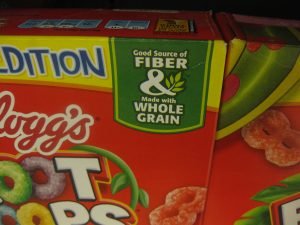 product is any more healthy than flour ground from any other type of mill. It doesn’t even mean they used a stone mill to grind it. No legal definition = no one who’s saying they can’t make this claim. I’m sure parts of the high-speed processing mills came from some type of “stone” somewhere along the line. Food industry logic at its finest!
product is any more healthy than flour ground from any other type of mill. It doesn’t even mean they used a stone mill to grind it. No legal definition = no one who’s saying they can’t make this claim. I’m sure parts of the high-speed processing mills came from some type of “stone” somewhere along the line. Food industry logic at its finest! - “Multi-grain”: Oh, goody! You put even MORE highly-processed and refined grains into this product! Surely that must make it infinitely healthier for me! Yeah, no. All this means is there’s multiple types of processed grains. None may even be “whole.”
- “Made With Whole Grain”: This essentially means, “Made Mostly with White Flour with a Tiny Bit of Whole Grain Flour Added In So We’re Not Completely Lying.” Check the ingredient list. In the #1 spot is more than likely, “Enriched wheat flour.”
How Can You Have Whole Grains That Are Actually Healthy?
Well, as I mentioned earlier, the traditional way to prepare grains has always been to have them soaked, sprouted, or fermented (like with sourdough). We stopped doing that around the same time the industrial food industry took hold of our culture and began convincing us that we ought to make things the “easy” way — just open up this bag of fluffy white flour! And toss in some packaged yeast! Or better yet, buy bread already made from us in a factory! Easy? Yes. And equally damaging to your health.
So, we gotta get back to the basics. The best way to get healthy grains is to buy them and prepare them yourself. Look for organic grains which are:
- Whole wheat or other types of berries or grains, for soaking, sprouting, and grinding at home;
- Already-sprouted whole grains or flour, which is ready to use without additional preparation. Or,
- Freshly-ground (if your health food store does this), to either soak or ferment with sourdough.

If you don’t plan on buying already-ground flour, you’ll have to get a grain mill yourself. A Vitamix blender works, but when I go back on grains (I’m temporarily keeping them out of my diet because I’m on GAPS), I plan on getting one of these bad boys. In a pinch, a good coffee grinder works to grind small amounts of flour at a time, too.
Thankfully, there’s a great resource available online to find all of this stuff, including sourdough starters to make your own fresh, healthy bread and other treats — Cultures for Health!
Cultures For Health is a family-owned, wonderful small company based out of the Pacific Northwest. They offer a wide variety of foods and supplies for a real food lifestyle. Check out their site where you’ll not only find all the grain products and supplies you’ll need for healthy baking, but everything for making yogurt, kombucha, kefir, fermented veggies, cheese and more. Cultures for Health is like real food heaven!
Okay but, then what am I supposed to do with them?
If making your own whole grain food — even the flour — from scratch sounds a little too intimidating, you might want to check out the Healthy Whole Grains online class taught by Ann Marie of CHEESESLAVE, where you can learn how to do everything from sprout whole grains to make healthy homemade cinnamon rolls. Really!
Right now, there is a special going on in celebration of the new spring season. You can use the code, “SPRING” for 20% off the cost of the course. It adds up to a $40 savings! But you’ll have to hurry — the deal is only on til Saturday, the 31st. Click here to learn more about the 12-week class which you can take at your own pace, and learn how to make nourishing whole grain foods for your family.
Do you buy and eat whole grains?
Or do you make them yourself? If you do buy packaged grain products, what do you look for on the labels?
[photo 3 source]
[disclosure: cmp.ly/5]
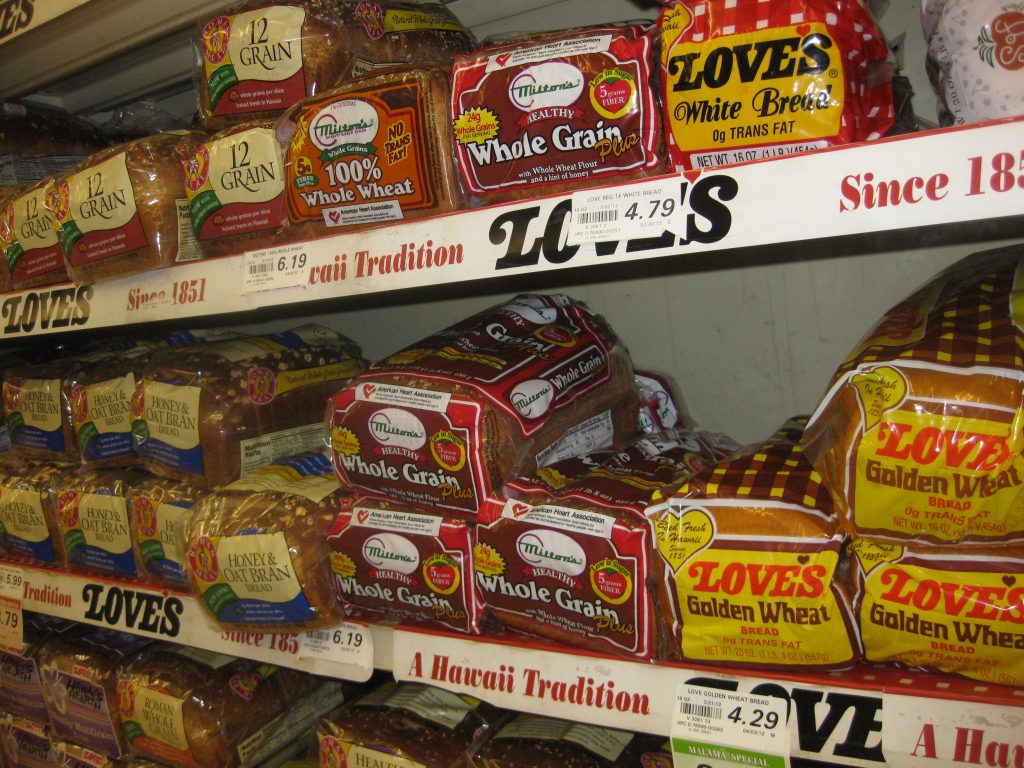

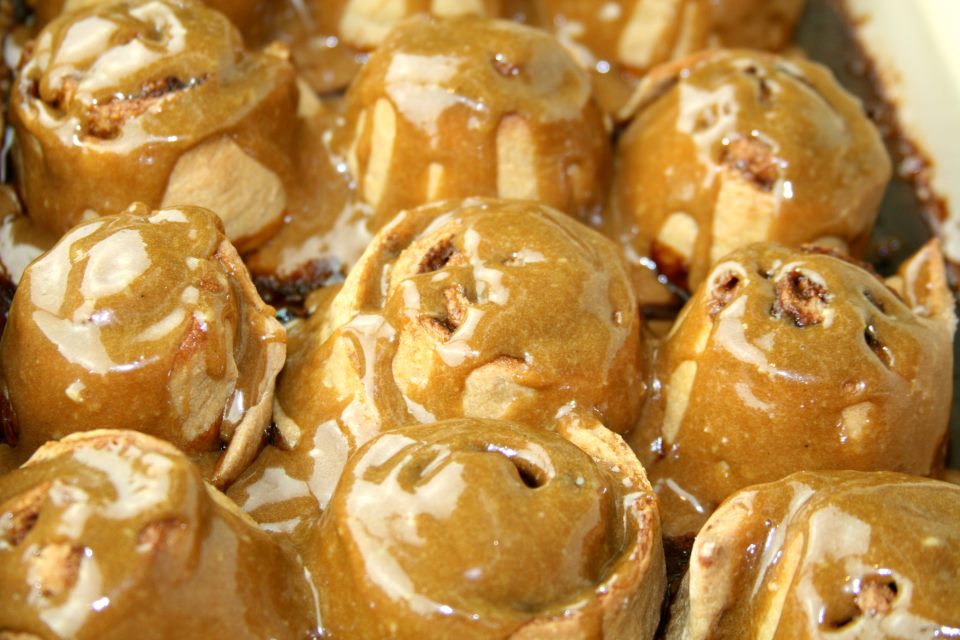

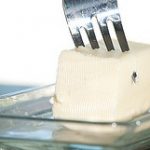


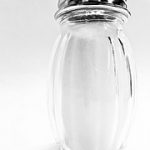
Holy crap! Those cinnamon rolls…I’m about to lick my computer. I know what I’m making this weekend 🙂
Great post! I’ve almost read all the way through it but I have to ask this before I forget. I have a skeptical family, which is probably where I get my skepticism from. I’d like to share with them about the rancid oils in flours you buy in the store, but I know they won’t believe me without a valid source. Do you have a source where you read about how long it takes for grain oils to go rancid? By the way, I have a grain mill on order from retsel, my birthday present from my mom. She says I can mill her flour for her to make up for the price. Thanks mom!
Hello. What about the bread thats called Ezekial bread? I get it from health food store, and I guess its sprouted? just trying to find a healthy bread for occasional consumption. what about millet bread, is that okay? thanks
Hi, Jackie! Yeah, Ezekiel bread is sprouted and I think it’s pretty good! If I remember right, there are a couple ingredients in it that I’d rather avoid, like soy flour, but there were only minimal amounts so I didn’t worry about it. I’ve never tried millet bread, but millet is great. There are several millet recipes in the Nourishing Traditions cookbook. It’s a gluten-free grain so it’s great for people avoiding gluten.
Hi – I think choosing bread is one of the most confusing tasks in the grocery store. There’s no way I have the time or energy to make my own. I can find “Ezekiel” at Sprouts, but do you have any other brands you recommend? I usually look for 100% whole wheat as the first ingredient. If most packaged grains are already rancid when they hit the store shelves, what are the ramifications? Obviously that sounds really bad, but for years and years, many of us have probably been ingesting rancid grain….what health risks does it pose?
Thanks
Thanks for sharing the truth behind the food packaging labels. The packaging labels of food products should be appropriate and correct, or else it will affect our body. Keep sharing more helpful information about the food packaging labels in the upcoming post too.